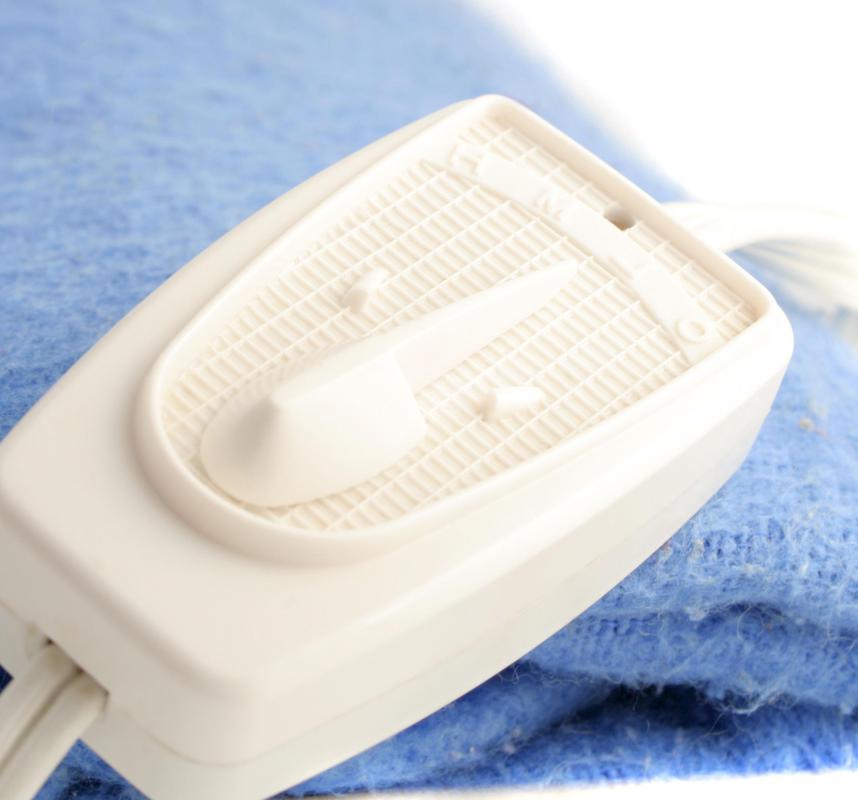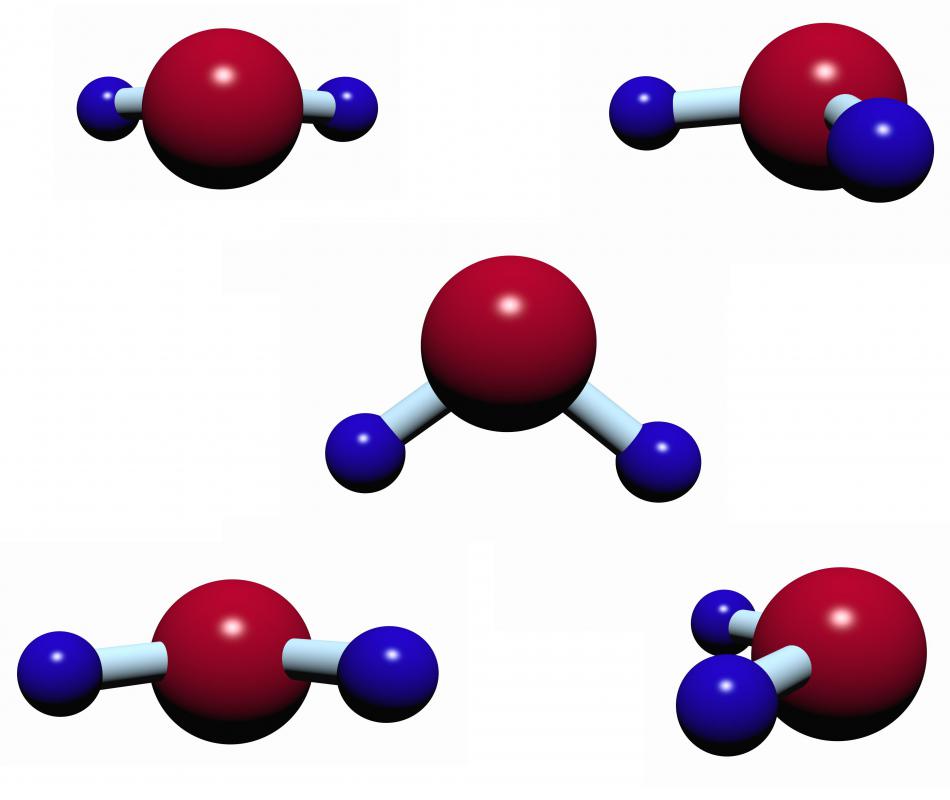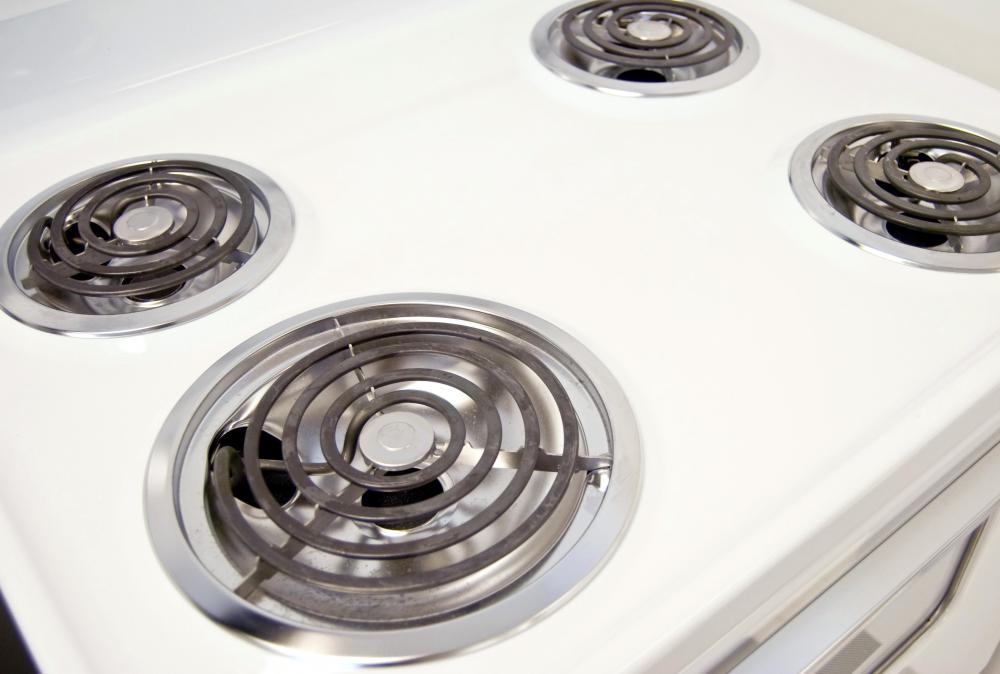At HomeQuestionsAnswered, we're committed to delivering accurate, trustworthy information. Our expert-authored content is rigorously fact-checked and sourced from credible authorities. Discover how we uphold the highest standards in providing you with reliable knowledge.
How is Radiant Energy Used?
Heating of residential spaces is a common use of radiant energy. Other uses include cooking. Light is also a form of radiant energy, emitting energy in the visible portion of the electromagnetic spectrum; the common usage refers to radiant infrared energy or heat.
Heat sources are categorized by how heat is transferred from one object to another. Conductive heat is transferred through material, such as the heat received by picking up a metal spoon left in hot coffee. Convection heat is transferred by a medium such as the water in a warm bath or the air in central forced air heat systems.

Radiant energy is energy supplied by heat radiating or emitted from a source. The sun is a source of radiant energy. On Earth, radiant energy is always accompanied by convection due to the atmosphere. The sun warms a person’s back through radiant energy directly while also warming the air. The warm air rises, conducting more heat to the skin by convection.

Many older homes, apartment buildings, and dormitories use steam for heating. The steam, a gas, circulates from a boiler through the building and transfers its heat via radiators in each room before finally condensing to water and returning to the boiler. Steam heat is very comfortable and can be quite efficient in multi-housing arrangements. The overall efficiency depends on the fuel used to create the steam. Steam heat can cause burns and can be noisy.

Radiant heat flooring is often an effective heating system for residential spaces. In the most popular choices, either electrical wire or tubing for hot water is placed in a grid under the flooring or within the subfloor. Subfloor access is required, so these installations are suitable for new construction, first-floor use above an unfinished basement, or for smaller projects.

Electrical installations are best suited to small places such as the bathroom and may be installed by the homeowner. Mats are available that plug into each other and are wired into an electric source controlled by a switch or a thermostat. Electrically conductive plastic mats that are less susceptible to corrosion or damage are also available.
Hydronic radiant flooring systems pump hot water through pipes or rubber tubes. In new installations, the piping can be laid within a concrete foundation, which acts as a thermal mass or heat sink for continuous, even heating. Installing these systems usually requires the help of a contractor. Like the older steam radiators, the cost effectiveness is a function of the energy source for the hot water.
Electric blankets and heating pads are smaller users of radiant energy. The use of electric blankets may be much more cost effective on cold nights, compared to heating the entire home via a forced air system. Use of electric blankets or heating pads requires adult supervision.
Cooking is a major use of radiant energy in the home. The electric stove, oven, and toaster use radiant energy, as does the microwave oven indirectly. In a microwave oven, the water molecules in the food absorb microwave energy and then conduct the heat to neighboring molecules.
AS FEATURED ON:
AS FEATURED ON:














Discussion Comments
@Logicfest -- That is a problem, but was it a regular one? During those transition times, isn't it possible to just regulate the temperature in a room by opening or closing a window?
I sure hope so. Such a system sounds incredibly efficient and an inexpensive way to effectively heat and cool large buildings.
Some older forms of radiant heat are downright odd. For example, I once lived in a college dorm that had a system that used cold water in the summer and hot water in the winter. It was effectively a radiator in the winter, but worked exactly the same in the summer only cool water was used to cool rooms.
The system was quite efficient, but it had one major flaw. It was not possible to convert it to hot or cold quickly. The lead time necessary meant that fall could be rough as hot and cold days were mixed and the heating/cooling system couldn't be configured to cope with them on the fly.
Post your comments